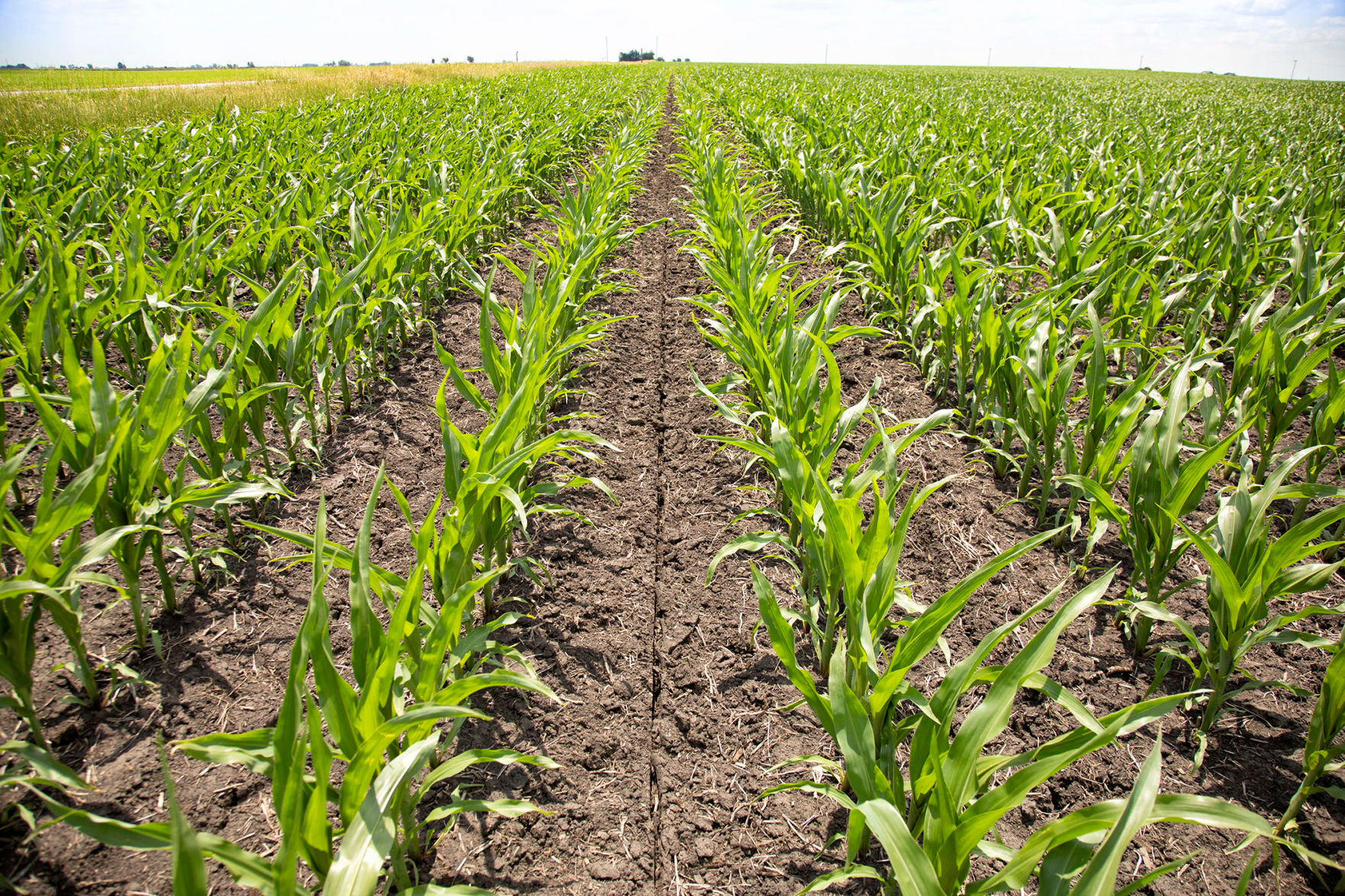
Put your model along the right or left gridline (the rule of thirds is always useful), but then try taking a few center shots. Instead of shooting vertical portraits for the whole session, go ahead and start that way – but then rotate your camera to shoot some horizontal frames.Īlso, try out different in-camera crops. Now I make allowances for websites and social media platforms that run vertical, square, and horizontal images – and I recommend you do the same. A few years ago, I would shoot the majority of client portraits as vertical images. The explosion of social media has radically changed how I shoot my portraits.

Check out this image, taken for the cover of my dPS eBook, Portraits: Striking the Pose: Now let’s look at a simple portrait cropping example from start to finish.

But in the right image, the eyes are raised to just above the upper-third gridline, and the image comes to life. In the left image of the woman featured above, the eyes are near the bottom-third gridline, and the shot appears static. You must also think about the eyes, and I find that the strongest images tend to position eyes along the top gridline or slightly higher. Whereas keeping the chin in the frame results in a much more flattering image: Bad crop
#Photo crop plus
#Photo crop how to
Wondering how to crop headshots? I have two simple rules: Avoid cropping into the chin keep the eyes in the top third of the frame Cropping at the knees, waist, elbows, toes, fingers, ankles, or wrists can make your model look stumpy. More generally, you should crop in a way that will elongate and flatter the body. Bad cropīefore cropping – either in-camera or during post-production – ask yourself: Am I cutting off a body part that bends? And if the answer is yes, then I urge you to reconsider. The elbows should not be cropped, but cropping just above the elbows looks nice. So the knees should not be cropped, but cropping mid-thigh works just fine (see the two images below). If it can’t bend, cropping is (often) fine. Many photographers struggle to determine where to crop portraits – the knees? The elbows? The waist? The chest? Take the shot you envision as you envision it. Yes, it can be tempting to leave some extra space, just in case – but be brave. So whenever possible, get it right in camera. These lower-resolution images have less detail compared to a full-sized image, and this has many consequences (e.g., your printing capabilities will be severely curtailed). A cropped image may only leave you with 10-15% of your file size, so a file that was originally 30 MB as a full-sized image is reduced to 3 MB with a tight crop.

However, if you shoot wide and crop later, you’ll have a larger depth of field and less background blur. Filling the frame from the beginning means that you will create great background blur ( bokeh), which removes background distractions and focuses more attention on your model. First, images cropped in camera look totally different from images cropped in post-production.In other words: Compose your images exactly how you want the final shot to look, rather than shooting loosely and cropping in post-production. Instead, crop portraits right at the beginning, using your camera and lens to hone in on key features (and exclude the rest). Cropping in post-processing is great, and it certainly has its place sometimes, you won’t recognize a brilliant composition until after the shoot is over.īut whenever possible, don’t wait until post-production.


 0 kommentar(er)
0 kommentar(er)
